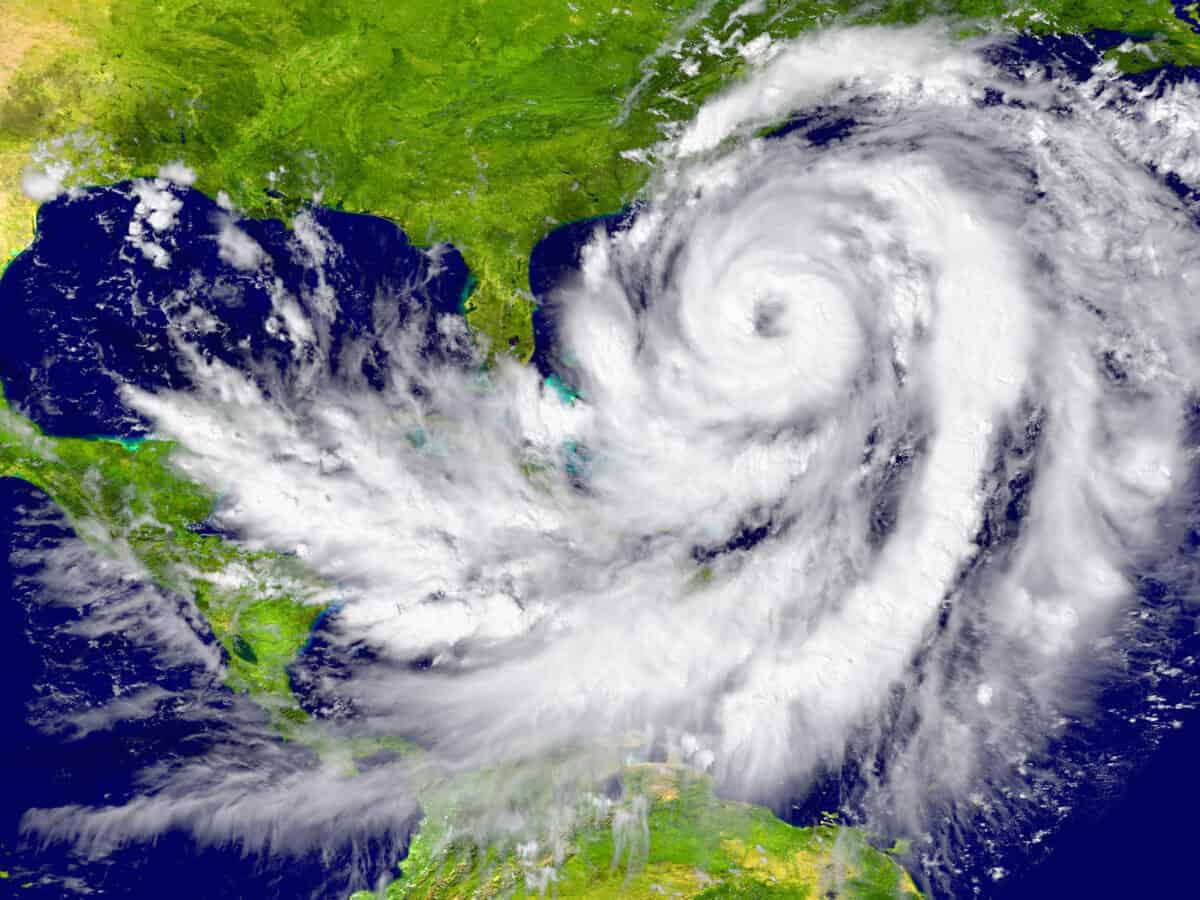Hurricanes have long been a force of nature that captures human awe and trepidation. Every year, these formidable storms traverse the oceans, sometimes making landfall with devastating effects. Among them, one stands out in history as the most powerful hurricane to ever hit US shores. Let’s journey through the awe-inspiring features of this natural phenomenon, understanding its impact, history, and the unwavering human spirit in its aftermath.
The Meteorological Marvel Understanding Hurricanes

Hurricanes, also known as tropical cyclones, are intense storm systems characterized by strong winds and heavy rain. They form over warm ocean waters, drawing energy from the heat to create a spiraling vortex. Scientists meticulously study these natural events to predict their paths and measure their intensity using the Saffir-Simpson scale, which categorizes storms from Category 1 (minimal damage) to Category 5 (catastrophic damage).
A Historical Benchmark The Infamous Hurricane

The most powerful hurricane to strike the United States made its fearsome landfall in 1935, commonly referred to as the Labor Day Hurricane. With winds exceeding 185 mph, this storm was a Category 5 hurricane and left a lasting impression on meteorological history. Its immense power and rapid progression towards the coast left little time for preparation or evacuation.
Where it All Began The Formation

This devastating hurricane formed as a tropical depression in the eastern Atlantic. Favorable atmospheric conditions and warm sea temperatures allowed it to gather strength quickly. The cyclone followed a path westward, intensifying into a major hurricane as it approached the tropical regions near the Bahamas.
The Impact Zone The Florida Keys

The Florida Keys bore the brunt of the Labor Day Hurricane’s fury. On September 2, 1935, the storm made landfall in the Upper Keys, transforming tranquil island landscapes into a scene of chaos. Infrastructure was obliterated, and the islands’ communities were severed from the mainland, isolated in their devastation.
Human Toll Lives Lost and Lives Changed

Tragically, the Labor Day Hurricane claimed over 400 lives, including many World War I veterans working on the construction of an Overseas Railroad extension. The storm’s rapid escalation and fierceness outpaced efforts to evacuate vulnerable populations, leaving a legacy of sorrow and resilience.
A Test of Engineering The Fate of Structures

The storm’s unforgiving winds and storm surge wreaked havoc on existing infrastructure. Buildings were swept away, and transportation networks were decimated. The aftermath necessitated significant reconstruction efforts, prompting advancements in building codes and engineering practices to better withstand future storms.
The Environmental Consequences

Beyond human and structural impacts, the hurricane also left indelible marks on the natural environment. Coastal erosion, flooding, and habitat destruction were prevalent. The Florida Everglades and surrounding marine ecosystems were significantly affected, altering their ecological balance for years to come.
Lessons Learned Advances in Meteorology

The 1935 hurricane underscored the need for improved meteorological forecasting and storm tracking. Since that time, advancements in technology such as satellite imagery and computer models have enhanced prediction capabilities. These tools have been vital in providing communities with more time to prepare as storms approach.
Community Resilience Rebuilding and Rebirth

The aftermath of the hurricane showcased the resilience and determination of afflicted communities. Efforts to rebuild included the construction of protective infrastructure and the restoration of essential services. Survivors emerged with shared experiences, creating a stronger sense of community and preparedness for future challenges.
Future Preparedness Mitigating Natural Disasters

In the decades since the Labor Day Hurricane, mitigation strategies have evolved to safeguard against similar events. Enhanced building standards, disaster education programs, and emergency response plans have become integral in reducing the impact of hurricanes on lives and property.
Conclusion A Legacy of Power and Resilience

The most powerful hurricane to hit US shores remains a historical milestone in understanding the immense power of nature and the resilience of the human spirit. As we look to the future, the lessons learned from this devastating storm continue to guide preparations and adaptive efforts, ensuring that communities are better equipped to face the challenges of nature’s extremes.
- The Most Powerful Hurricane to Ever Hit US Shores - August 9, 2025
- 10 Animals That Use Bizarre Survival Tactics - August 9, 2025
- The Most Beautiful Bird Migration Routes Across the US - August 9, 2025

